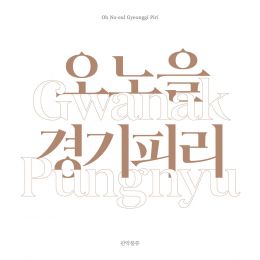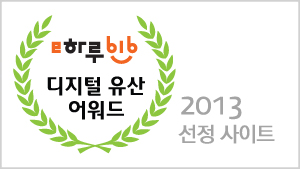서울시 무형문화재 제44호 삼현육각 이수자로, 현재 국립전통예술고등학교 피리 교사로 재직하며 후학을 양성 중인 피리 연주자 오노을이 경기제 민속 음악의 총 본산이라고 불리는 관악영산회상. 취타풍류, 염불풍류 즉, 관악풍류(대풍류) 전곡을 수록한 음반을 발매한다.
경기제 음악의 가치 구현과 전통을 올곧게 이어나가고자 하는 오노을의 피리 빛깔로 전통음악의 깊이를 더하였다.
The piri performer Oh No-eul, the transmitter of Seoul Intangible Cultural Property No. 44 Samhyeonyukgak and the Piri teacher at National High school of Traditional Music, released her own album containing a complete repertoire of Gwanak pungnyu (Daepungnyu). The music consists of Gwanak yeongsanhoesang, Chwita pungnyu, and Yeombul pungnyu, which is known as the main stream of Gyeonggi Style folk music.
The musical color of Oh No-eul who always makes effort in reenacting the value of Gyeonggi style music and keeping the tradition, are deeply embedded in her piri sound showing the true beauty of Korean traditional music.
1. 경기제 관악영산회상 Gyeonggi Style Gwanak yeongsanhoesang
관악풍류(대풍류)의 중심 음악으로, 조선 후기 세악수에서 사회의 변화로 인해 장악원(현, 국립국악원 정악단)과 민간으로 나뉘어 전승되었다. 경기제 관악영산회상은 현재 국립국악원 정악단에서 전승되는 관악영산회상과 동일한 뿌리의 음악으로 악곡 구성, 선율 등이 비슷하지만 그보다 더 가락이 화려하고 세밀한 기교가 많은 것이 특징이다. 연향악(宴享樂), 거상악(擧床樂) 등에 쓰였던 곡으로 최경만 명인이 2015년 복원하여 서울시 무형문화재 제44호로 지정되었다.
This piece is the main part of the wind ensemble music which had been performed by professional seaksu musicians. However, it is now transmitted in two different traditions, private and the National Gugak Center, as the Korean society faced a huge shift during the late Joseon period. Gyeonggi style Gwanak yeongsanhoesang was originated from the same version the National Gugak Center transmitting, but has more colorful melodies with detailed techniques. It had been used for festive banquet music and dining table serving music, and Choi Gyeong-man restored the music. It was designated to Seoul Intangible Cultural Property No. 44. in 2015.
2. 취타풍류 Chwita pungnyu
귀인의 행차등에 쓰인 행악(行樂)으로 국립국악원 정악단에서 전승되는 ‘취타’와 뿌리는 같지만 다르게 전승된다. 과거, 실외연주에서는 태평소, 실내에서는 피리로 연주하며 장소나 목적에 따라 악곡 구성을 다르게 편성하기도 하였으나 현재는 주로 순수기악곡으로 쓰인다.
Chwita pungnyu refers to processional or marching music for high class people. Although derived from the same origin, this piece is not the one transmitted by the National Gugak Center’s Court Music Orchestra. According to the venue and purpose of the music, the use and composition of tunes were varied. For example, taepyeongso was used for outdoor performance while piri was used indoor. However, it is performed as an instrumental ensemble music in the present.
3. 염불풍류 Yeombul pungnyu
과거부터 서울·경기지방의 무속음악, 종교 음악등 다양한 곳에서 널리 활용되어왔다. 주로 무용음악(탈춤, 검무, 승무 등의 반주곡)으로 ‘대풍류 무용곡’이라고 불렸으며 각 춤에 맞게 부분적으로 사용하였으나 故지영희 명인에 의해 지금의 구성과 같은 연주형태를 구축하였다.
Yeombul pungnyu has been played for shaman and other religious rituals in Seoul Gyeonggi area. It was often accompanied folk dances, such as mask dance, sword dance, and monk dance, partially being rearranged time to time suitable for each dance, and thus called “daepungnyu muyonggok” (wind ensemble dance tune). Master Ji Yeong-hui set the format as it is today. ....
 ....
.... 





